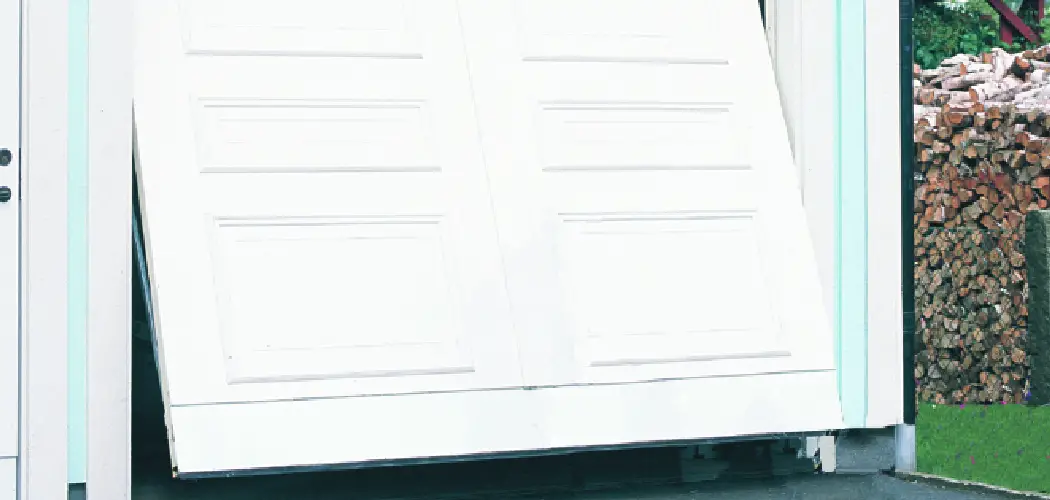Insulating the sides of your garage door is an effective way to improve energy efficiency and enhance comfort within your garage space. A well-insulated garage not only helps in regulating temperature but also minimizes noise and protects your belongings from extreme weather conditions. In this guide, we will explore how to insulate garage door sides, ensuring your garage becomes a more functional and enjoyable area of your home.
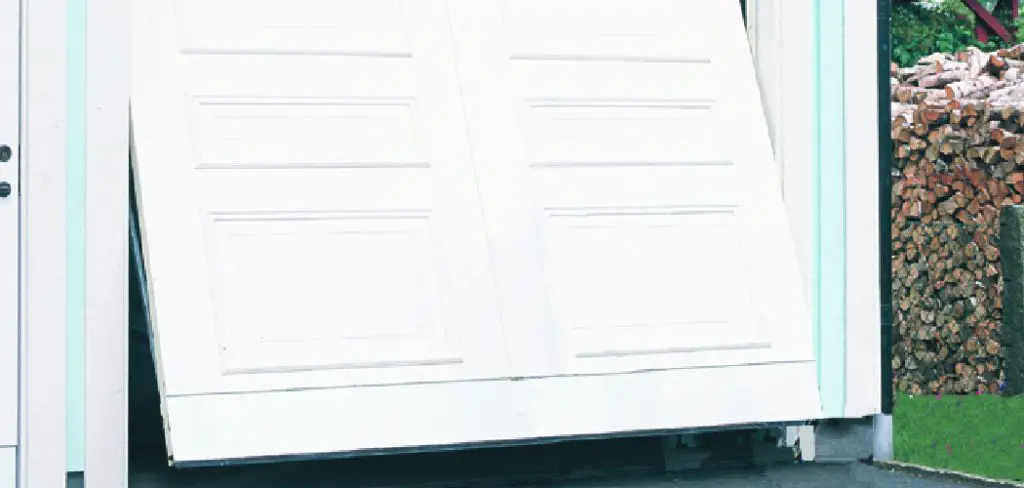
Tools and Materials Needed
To successfully insulate your garage door sides, you will require several tools and materials. Here’s a comprehensive list to get you started:
Tools
- Measuring Tape: For accurate measurements of your garage door sides.
- Utility Knife: To cut insulation material to the required size.
- Drill and Drill Bits: For attaching insulation panels, if necessary.
- Screwdriver: To secure any fasteners.
- Staple Gun: Useful for fastening certain types of insulation.
- Level: To ensure that the insulation is installed evenly.
Materials
- Insulation Material: Choose from foam board, fiberglass batts, or reflective insulation based on your garage needs.
- Vapor Barrier: A plastic sheeting to prevent moisture buildup, if necessary.
- Adhesive: For additional support, depending on the insulation material used.
- Fasteners or Screws: To secure the insulation in place.
Having these tools and materials on hand will ensure a smoother, more efficient insulation process.
10 Methods How to Insulate Garage Door Sides
1. Assess Your Garage Door and Insulation Needs
Before starting the insulation process, it’s crucial to assess your garage door and determine your insulation needs. Examine the type and condition of your garage door, whether it’s made of steel, aluminum, wood, or another material.
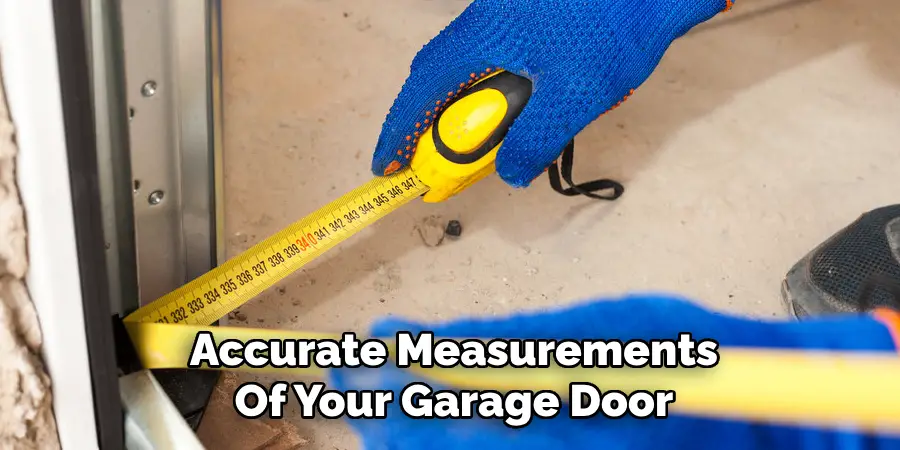
Check for any gaps, cracks, or areas where insulation might be required. Understanding the specific characteristics of your garage door and the insulation requirements will help you choose the appropriate insulation materials and methods. Proper assessment ensures that you address all the areas that need insulation, leading to a more effective result.
2. Choose the Right Insulation Material
Selecting the appropriate insulation material is a critical step in effectively insulating the sides of your garage door. Common insulation materials include foam board, fiberglass batts, and reflective foil. Foam board provides excellent thermal resistance and is easy to cut and install. Fiberglass batts offer good insulation and can be fitted into larger gaps.
Reflective foil insulation reflects heat away and is useful in areas with significant temperature fluctuations. Consider the climate in your region and the specific insulation needs of your garage door when choosing the material. Each type has its benefits, so choosing the right one ensures optimal performance.
3. Measure and Cut Insulation Material
Once you’ve selected your insulation material, measure the dimensions of the garage door sides to determine how much insulation you’ll need. Use a tape measure to carefully measure the height and width of the door panels. Transfer these measurements to your insulation material and cut it to size using a utility knife or scissors.
Accurate measurements and cuts are essential for a snug fit, which maximizes the insulation’s effectiveness and minimizes gaps that could reduce thermal performance. Properly cutting the insulation material ensures a clean and precise installation.
4. Clean the Garage Door Surface
Before installing the insulation, clean the surface of the garage door where the insulation will be applied. Remove any dirt, dust, or grease that could affect the adhesion of the insulation material.
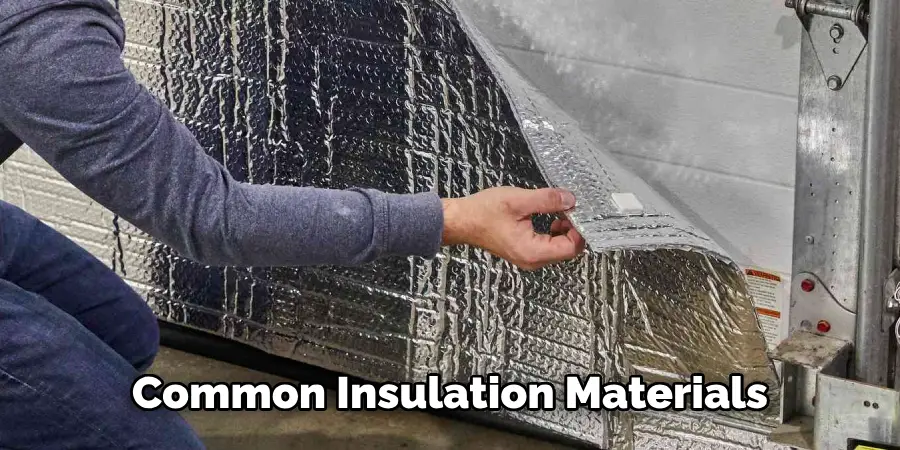
Use a mild detergent and water to clean the surface, then allow it to dry completely. Cleaning the surface ensures that the insulation adheres properly and maintains a good seal, which is crucial for effective insulation. A clean surface also prevents potential issues with insulation materials adhering poorly or falling off over time.
5. Apply Adhesive or Mounting Tape
To secure the insulation material to the garage door, apply adhesive or mounting tape to the back of the insulation. Adhesive spray or double-sided mounting tape can be used depending on the type of insulation material you have chosen. Follow the manufacturer’s instructions for application.
For adhesive spray, evenly coat the back of the insulation and let it become tacky before pressing it onto the door. For mounting tape, apply strips around the edges and center of the insulation material. Proper application of adhesive or tape ensures that the insulation stays in place and performs effectively.
6. Attach Insulation Panels
Carefully attach the cut insulation panels to the sides of the garage door. Align each panel with the door’s surface and press it firmly into place. Ensure that the panels fit snugly against the door and that there are no gaps or air pockets.
If using adhesive, press the panels firmly and hold them in place for a few moments to ensure good adhesion. If using mounting tape, press the panels against the door until the tape adheres fully. Proper attachment is crucial for effective insulation, as gaps or loose panels can reduce thermal performance and allow air leaks.
7. Seal Edges and Gaps
After attaching the insulation panels, inspect the edges and seams for any gaps or areas where the insulation may not be fully sealed. Use weatherstripping or caulking to fill in any gaps and create a complete seal. Apply weatherstripping along the edges of the insulation panels or around the door frame if necessary. For caulking, use a high-quality, flexible caulk that can fill in gaps and prevent air leaks. Sealing the edges and gaps is essential for maintaining the insulation’s effectiveness and preventing heat loss or drafts.
8. Install Insulation on the Door Frame
If necessary, extend your insulation efforts to the door frame or the surrounding wall area. Measure and cut insulation material to fit around the door frame or on the wall adjacent to the door. Apply the insulation using the same methods as for the door panels, ensuring a snug fit and proper adhesion. Insulating the door frame and surrounding wall areas helps to further enhance the thermal performance of the garage door, providing a more comprehensive solution to temperature control and energy efficiency.
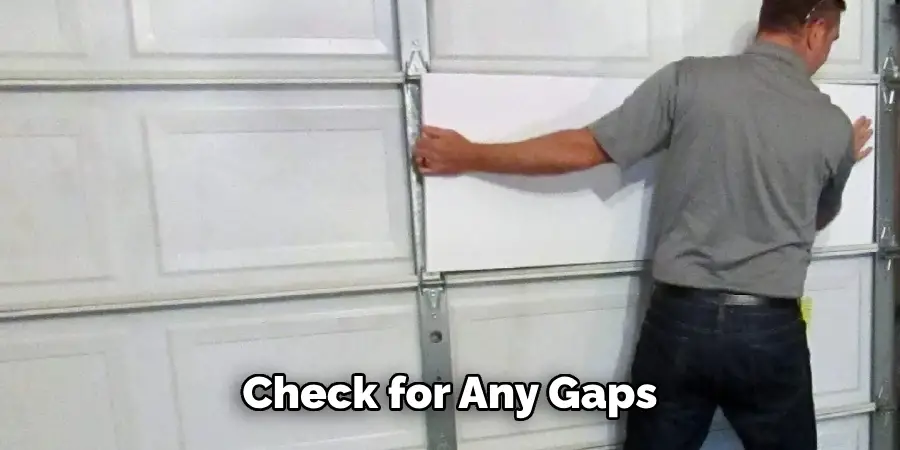
9. Test the Garage Door Operation
After installing the insulation, test the garage door to ensure that it operates smoothly. Open and close the door several times to check for any issues with movement or interference from the insulation.
Ensure that the insulation does not obstruct the door’s tracks or mechanisms. Proper testing ensures that the insulation installation does not negatively impact the door’s functionality and that everything is working as intended. Smooth operation is crucial for maintaining the efficiency and effectiveness of your insulated garage door.
10. Monitor and Maintain Insulation
Once the insulation is installed and the garage door is operating correctly, monitor the insulation over time to ensure that it remains intact and effective. Regularly check for any signs of wear, damage, or detachment.
Inspect the insulation for any gaps or areas where it may have come loose. Address any issues promptly to maintain the insulation’s performance. Proper maintenance and monitoring help ensure that your garage door remains well-insulated and continues to provide effective temperature control and energy savings.
Things to Consider When Insulating Your Garage Door
- R-Value of Insulation: The R-value measures the insulation’s effectiveness, indicating how well it can resist heat flow. When choosing insulation, consider the recommended R-value for your region’s climate and ensure it meets local energy efficiency standards.
- Type of Insulation Material: Different materials offer varying levels of insulation, thermal performance, and ease of installation. Options include foam board, reflective barriers, or fiberglass batts. Evaluate the pros and cons of each type to determine which best suits your garage needs.
- Garage Door Type: Consider the style and construction of your garage door. Different doors (such as sectional, roller, or tilt-up) may require specific installation techniques or insulation materials. Always adapt your approach based on the door design.
- Humidity Levels: High humidity can affect certain types of insulation. Opt for moisture-resistant materials in humid environments to prevent mould growth and ensure lasting performance.
- Cost and Budget: Establish a budget for your insulation project, factoring in both material and installation expenses. Compare costs across different insulation types to find a solution that fits your financial plan without compromising quality.
- Professional Installation: If you’re unsure about tackling the insulation project yourself, consider hiring a professional. A contractor can ensure proper installation and maximized efficiency, potentially saving you time and effort in the long run.
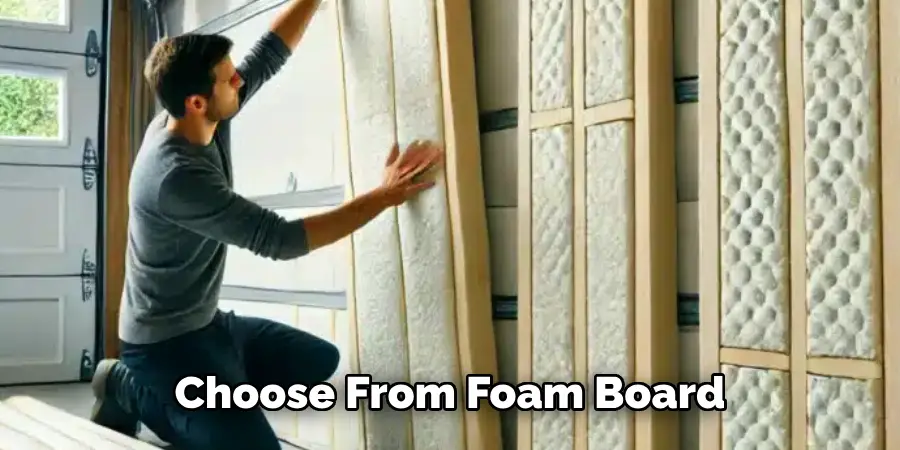
Conclusion
Insulating your garage door is an important step towards enhancing energy efficiency, reducing utility costs, and improving the overall comfort of your garage. By carefully selecting the right insulation materials and following proper installation techniques, you can significantly reduce heat loss and prevent drafts.
Regular monitoring and maintenance of the insulation will ensure its long-lasting performance, allowing you to enjoy the benefits for years to come. Hopefully, this article gave you some helpful tips about how to insulate garage door sides successfully, so now that you have the proper knowledge on how to get the job done, why not give it a try today?
I am Rick. I grew up helping my dad with his handyman service. I learned a lot from him about how to fix things, and also about how to work hard and take care of business. These days, I’m still into fixing things- only now, I’m doing it for a living.
I’m always looking for new ways to help people grow and develop. That’s why I have created this blog to share all my experience and knowledge so
that I can help people who are interested in DIY repair.

